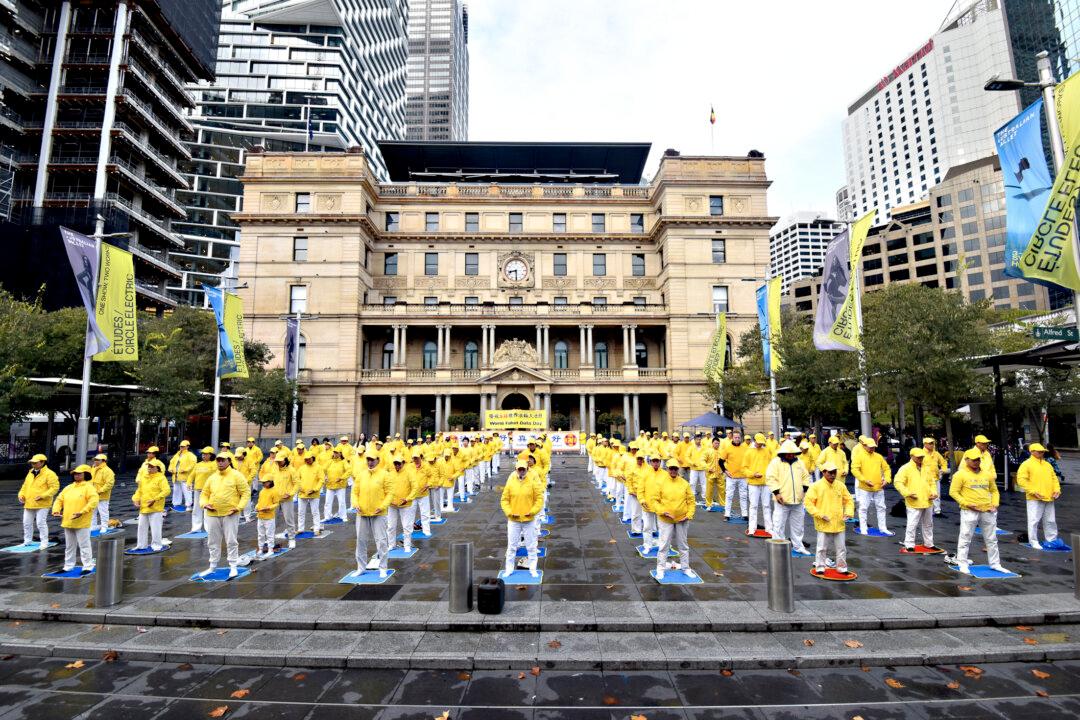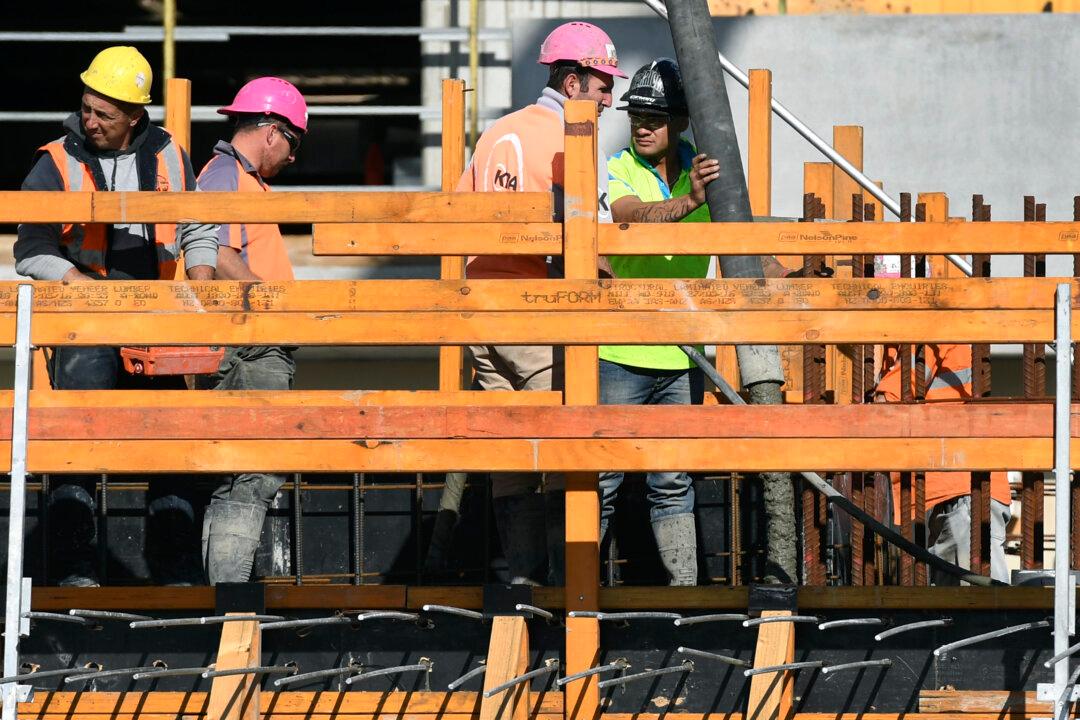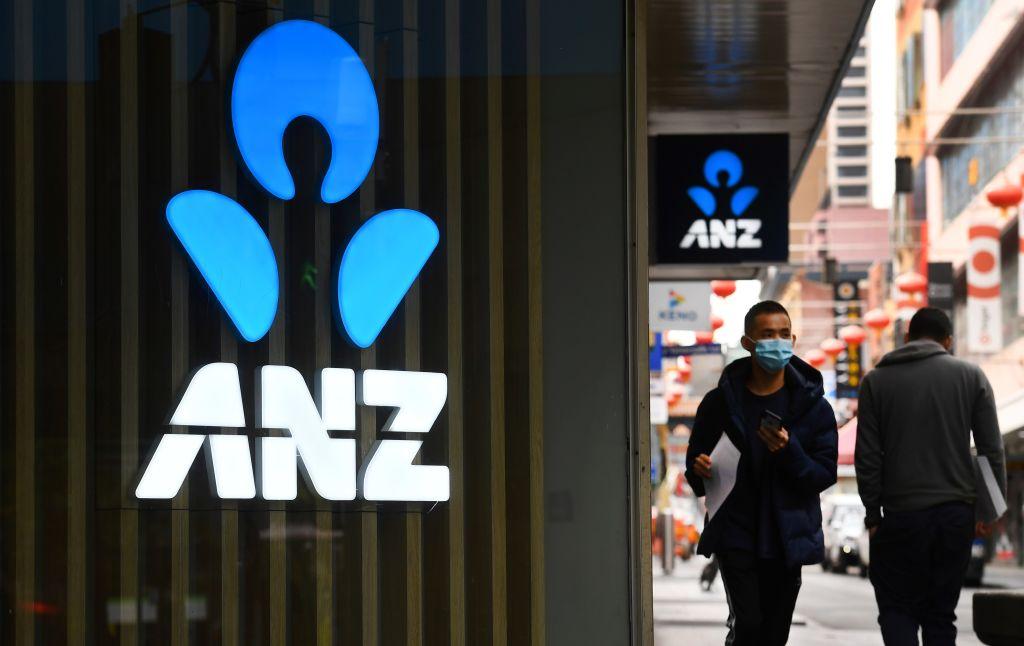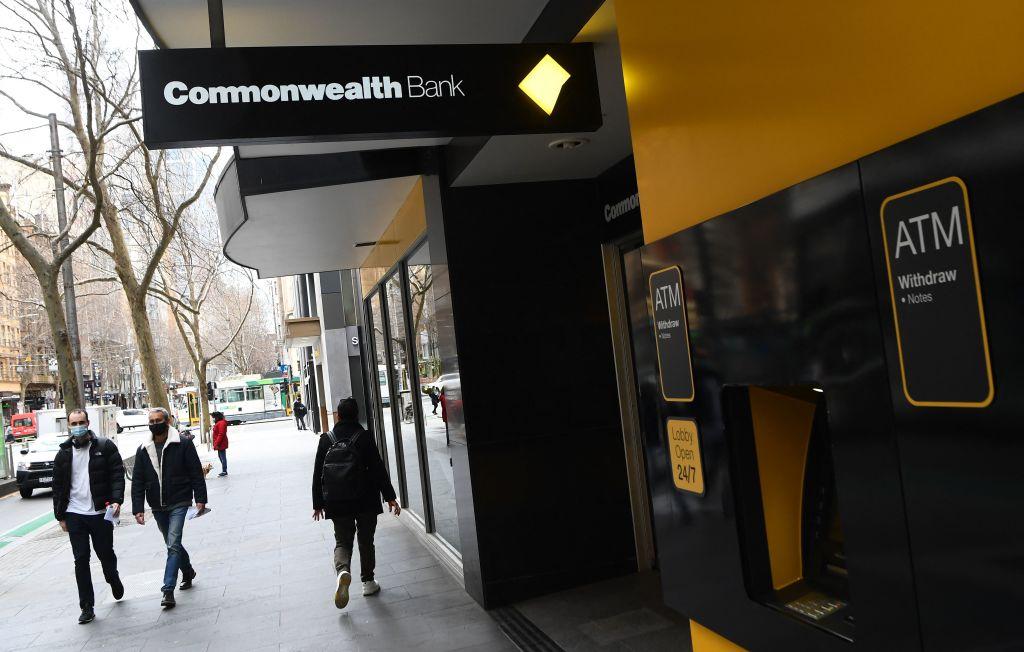A new report by KPMG Economics has found the pandemic has caused house prices in Australia to soar, and the effect could last for the next two years until rising mortgage rates and fundamentals of the housing market begin to place pressure back on the market.
The report compared housing price changes in capital cities around the country during periods with and without COVID-19 restrictions over the four-year period from December 2019 to December 2023.





